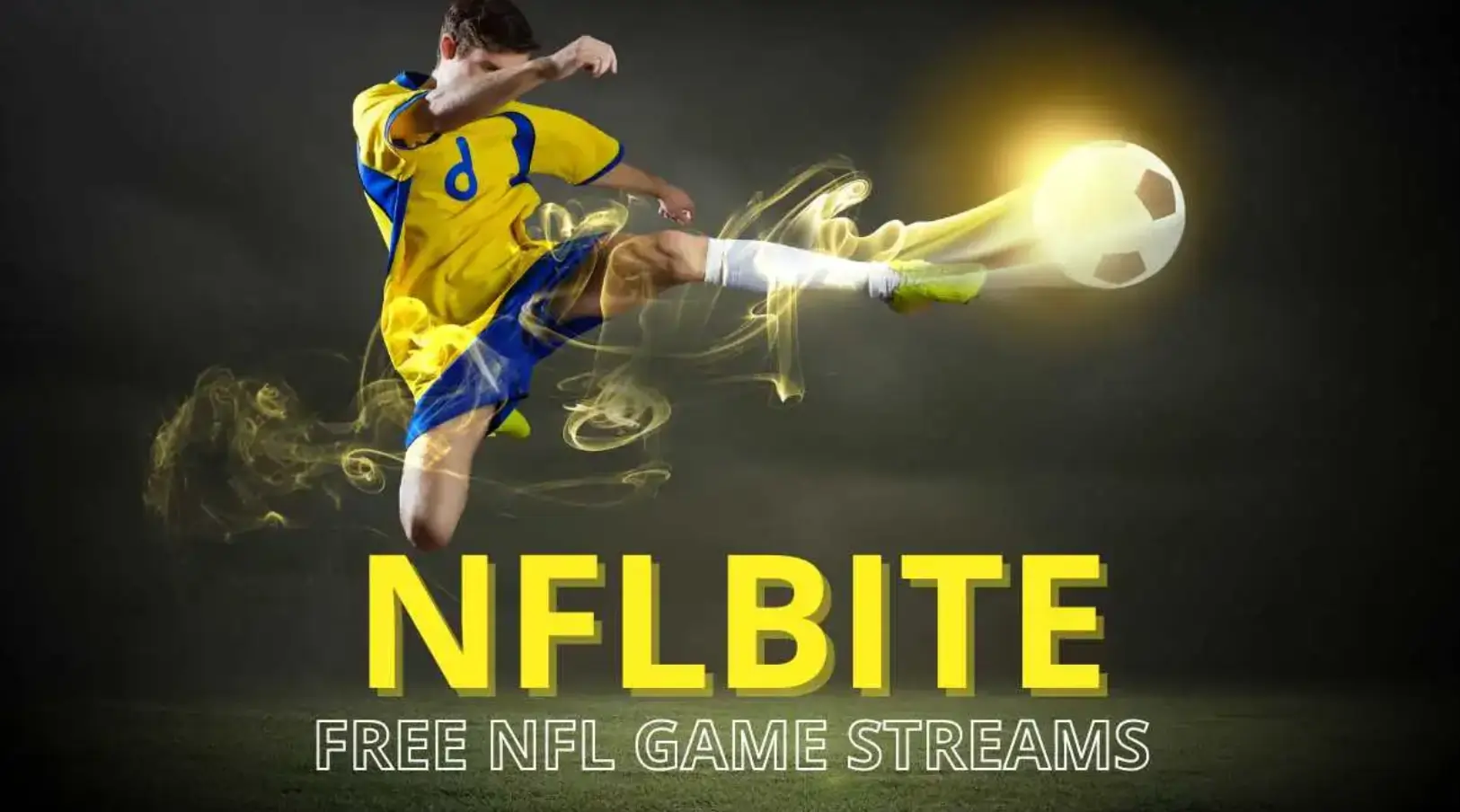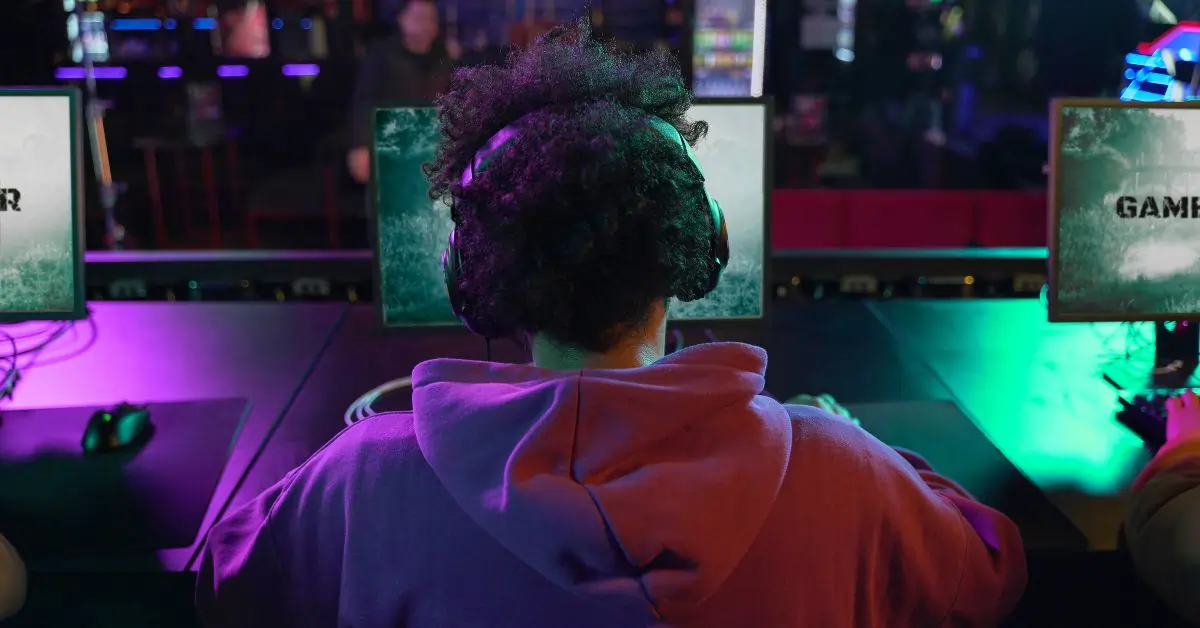For facility managers and sports enthusiasts, the condition of sports courts can make the difference between a successful game and a safety hazard. Whether you’re managing a community center or overseeing a large sports complex, understanding court upkeep is essential. Well-maintained courts are safer and enhance athletic performance, providing an optimal surface for players to showcase their skills.
The Science Behind Court Wear and Tear
Understanding the dynamics of court wear and tear is crucial for maintaining their longevity. Various environmental factors, such as temperature fluctuations, UV exposure, and precipitation, can significantly impact the condition of court surfaces. Additionally, the frequency of use plays a vital role in accelerating the degradation process. High-traffic courts often experience more rapid wear, necessitating diligent maintenance efforts to mitigate damage.
Materials and construction techniques are fundamental in determining how well a court withstands the test of time. For instance, asphalt courts may crack under persistent pressure and temperature changes, while concrete courts might discolor over time. Choosing materials that are resistant to local weather conditions can greatly improve a court’s lifespan. Employing proper construction methods, including adequate drainage systems, helps prevent moisture accumulation, which is a common culprit in court deterioration.
Understanding these factors allows facility managers to implement proactive strategies that address the root causes of court wear and tear. By being mindful of environmental influences and choosing suitable materials, managers can take meaningful steps toward extending the life of their sports facilities.
Identifying Common Court Issues
Recognizing the early signs of common court issues is key to preventing more extensive damage that could require costly repairs. Cracks are perhaps the most visible problem, often forming due to temperature shifts that cause the surface to expand and contract. Over time, small cracks can expand and lead to structural issues if not addressed promptly.
Fading is another frequent issue, especially on outdoor courts exposed to the sun’s harmful UV rays. The fading not only affects the appearance but can also compromise the quality and functionality of the court markings, making games less enjoyable and potentially confusing for players.
Moisture damage is a silent destroyer of sports courts. When water seeps into the surface, it can weaken the material, leading to structural instability. Signs of moisture damage include discoloration, bubbling, or uneven surfaces. Spotting these warning signs early can save facility managers from expensive repairs down the line.
By learning to identify these common problems, managers can implement timely interventions, ensuring that small issues don’t escalate into major disruptions.
Best Practices for Court Maintenance
Routine maintenance is the backbone of a long-lasting sports court. Regular cleaning is essential to remove debris, dirt, and other contaminants that can damage the court surface. A simple sweep or wash can prevent abrasive particles from wearing down the material over time.
Consistent inspections are crucial for catching problems early. Facility managers should conduct routine visual checks of the court to spot any developing issues such as cracks or discoloration. These inspections allow for quick interventions that can prolong the court’s life and maintain its quality for athletes.
Preventive measures are also a key component of effective maintenance. Using the right tools and products can make all the difference. For example, applying a UV-resistant coating can help prevent fading, while sealants can protect against moisture intrusion. Investing in quality maintenance products can result in significant long-term savings and improve the playing experience.
By following these best practices, facility managers can ensure their sports courts remain in top condition, providing a safe and enjoyable environment for everyone.
Advanced Repair Techniques
When issues arise, knowing the right repair techniques can save a court from further damage. Patching is an effective way to address small cracks, preventing them from expanding into larger problems. Using high-quality patching materials ensures a durable and long-lasting fix.
Resurfacing is sometimes necessary for courts with more extensive wear, such as pickleball court surfacing like those available in Utah. This process involves adding a new layer to the existing surface, restoring its appearance and functionality. Line repainting is often done in tandem with resurfacing to ensure clear and accurate game lines.
In some cases, professional assistance may be required. Complex repairs, such as subsurface drainage improvements or major resurfacing, benefit from expert knowledge and specialized equipment. Hiring professionals ensures that repairs are done correctly, extending the court’s life and avoiding future issues.
By understanding these repair techniques, facility managers can confidently address problems, keeping their courts in optimal condition for athletes.
Looking to the Future Sustainable Solutions
Sustainability is becoming an important consideration in sports facility management. Eco-friendly maintenance options are gaining popularity as facility managers seek to reduce their environmental impact. This includes using biodegradable cleaning products and opting for materials that are sustainably sourced.
Technology is also playing a pivotal role in the future of court maintenance. Innovations such as AI-driven inspection drones and smart surface sensors are revolutionizing how facility managers monitor court conditions. These technologies provide real-time data, enabling more efficient and targeted maintenance efforts.
By adopting sustainable practices and leveraging technology, facility managers can not only extend the life of their courts but also contribute to a greener future for sports facilities.
Conclusion
Maintaining and repairing sports courts is an ongoing effort that requires attention to detail, proactive strategies, and a commitment to quality. By understanding the science behind court wear and tear, identifying common issues, and implementing best practices, facility managers can ensure their courts remain in top condition.







One thought on “Courts Built to Last Discovering the Secrets of Maintenance and Repair”